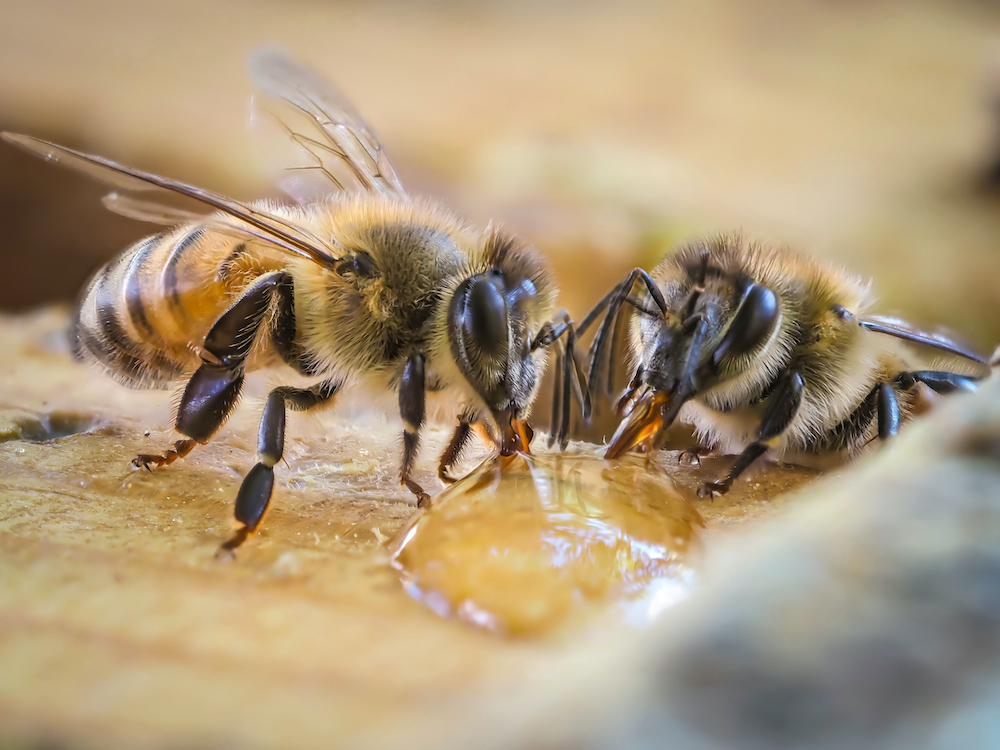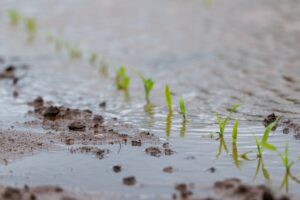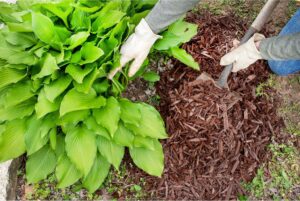By Gail Ellis
OSU Agriculture
STILLWATER, Okla. – The world’s fascination with honey bees is linked to a population decline during the past decade that threatens the production of fruit, nut, forage, vegetable and other crops that rely on pollination. The permanent disappearance of pollinators would be detrimental to society.

Researchers at the U.S. Department of Agriculture report not only bees but also wasps, butterflies, other insects and birds are all responsible for pollinating more than 100 crops in the U.S. while contributing to healthy ecosystems of clean air and viable soil. When worker bees abandon their hives due to pests, diseases, pesticides, pollutants, stress and heat, the result is Colony Collapse Disorder.
“Commercial bees that are worth millions of dollars were dying off, and that jumped the public’s awareness of bees in general,” said Andrine Shufran, an Oklahoma State University Extension specialist in entomology and plant pathology and director of the OSU Insect Adventure. “We’re trying to take advantage of that kind of excitement in bees and insects.”
Shufran stressed the differences between honey bees raised for commercial pollination services and honey production and those that live in the wild as native pollinators.
“In the U.S., there are 4,000 different species of native bees; those are the pollinators,” Shufran said. “Then there are non-native species of bees, and those are the European honey bees that don’t pollinate as well as our native pollinators. Keeping European honey bees is not the peaceful pastoral activity it used to be 30 or 40 years ago.”
From chemical and pest problems to mite infestations, beekeeping is hard work that requires hive checks every two weeks. Startup costs involve at least a few hundred dollars.
RNA Research
Students in the Ferguson College of Agriculture as well as the College of Arts and Sciences are studying honey bees and other pollinators. Camila Armas, an animal and food sciences graduate student, began researching them in the lab of assistant professor Darren Hagen.
“I’m focused on the identification of RNA modifications in bees to better understand gene expression between castes, such as pupae, nurses and foragers,” Armas said. “The information that will be generated in my project can be used by other scientists as a reference to continue developing conservation strategies from a genomic approach.”
Bees have impressive genetics, Armas said. All hive members have similar genomes but differ in gene expression due to chemical tags. These tags are important and can influence how the pupae, larvae, queen, nurses, drones and foragers behave and fulfill specific roles in their society.
“For example, when pupae develop into adults, they start as nurses taking care of larvae, and after two to three weeks, they go outside the hive to collect pollen,” she said. “It’s amazing how this behavior and others can be explained by looking at the information stored in DNA and/or RNA.”
OSU Beekeeping Club
Entomology senior Rachael Visina is involved with bees through extracurricular activities on campus. As president of the OSU Beekeeping Club, her goal for the year is to promote the organization and increase its awareness among all students. The club now has about 30 members who attend monthly meetings and biweekly hive checks at Insect Adventure and The Botanic Garden at OSU.
“A lot of students joined who either had an interest in beekeeping or had parents or grandparents who did it,” Visina said. “We plan to give students an opportunity to learn about beekeeping by touring larger hive operations off campus. We provide hands-on experience with instructional presentations on how to do a hive check, why we do it, what to look for and how to care for bees.”
Pollinator Power
How can people support native pollinators? Grow native plants. OSU was recently named an affiliate of the Bee Campus USA program and encourages pollination through its native landscapes and native plant corridor. Homeowners can increase pollination by avoiding or reducing pesticide treatments on their lawns or flower beds.
“Don’t just go out and automatically spray everything. Sometimes, you don’t need to spray,” Shufran said. “Pollinators are active right from the start of spring and will remain that way until the first frost.”
OSU Extension has received a grant through the Southern Risk Management program to develop and host in-person workshops and an online course for beginner beekeepers. More information on the sessions and online curriculum will be available soon.










